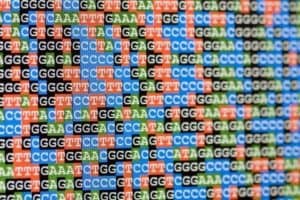
(This topic and others are explored in depth in my interview with New Dimensions.)
Yes, there are real threats out there, but evolution and other factors have left a lot of us walking around in a kind of paranoid trance. I’ve been there myself, and the results include feeling less peaceful and hopeful, and more worried and cranky, than is right.
So I hope you find this post helpful.
Is There Really a Tiger in Those Bushes?
Consider these two mistakes:
1. You think there’s a tiger in the bushes, but actually there isn’t one.
2. You think no tiger is in the bushes, but actually one is about to pounce.
Most of us make the first error much more often than the second one, because:
· Evolution has given us a paranoid brain. In order to survive and pass on genes, it’s better to make the first mistake a hundred times rather than make the second mistake even once; the cost of the first mistake is fear for no reason, but the cost of the second mistake is death.



 The
The